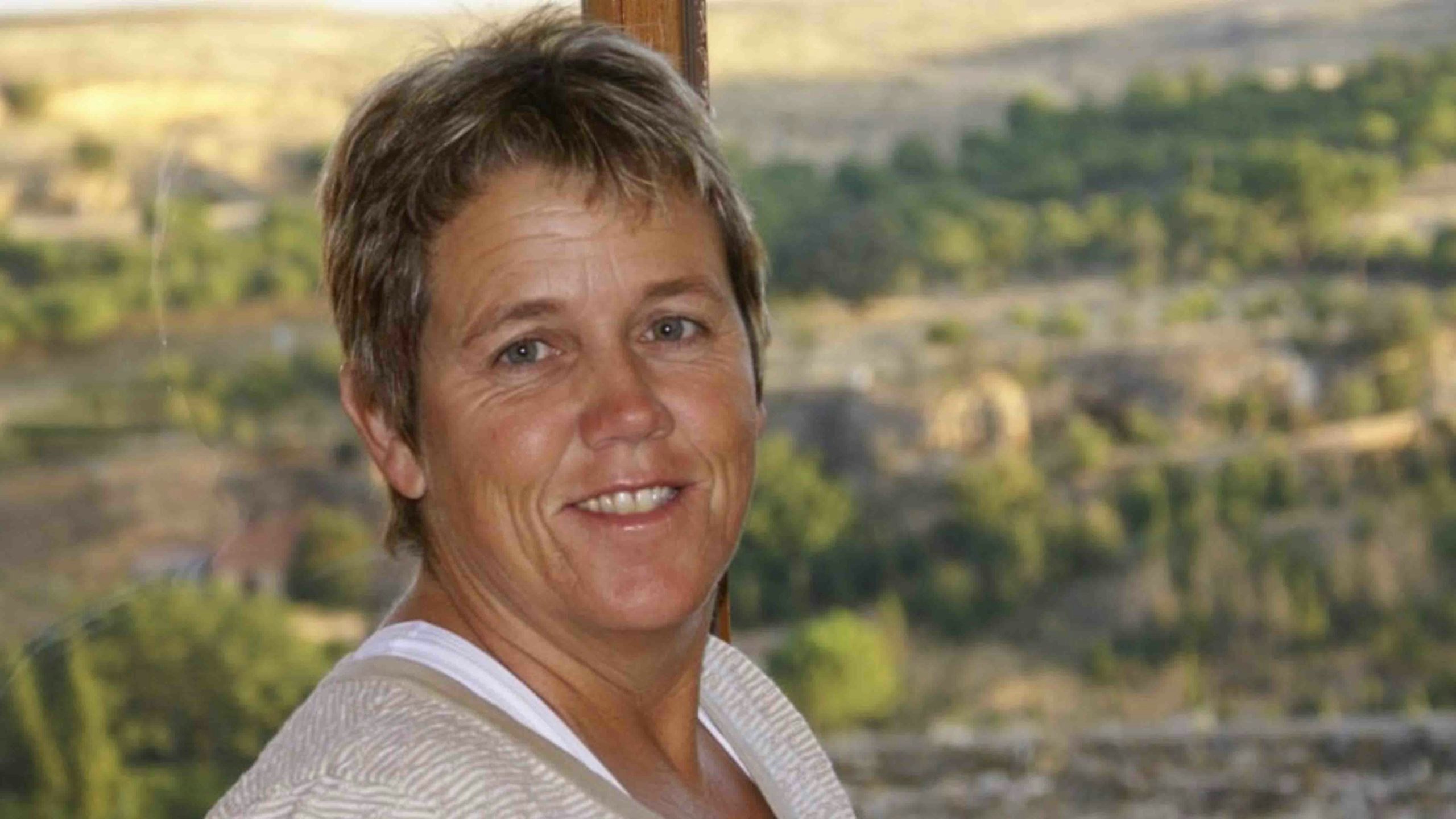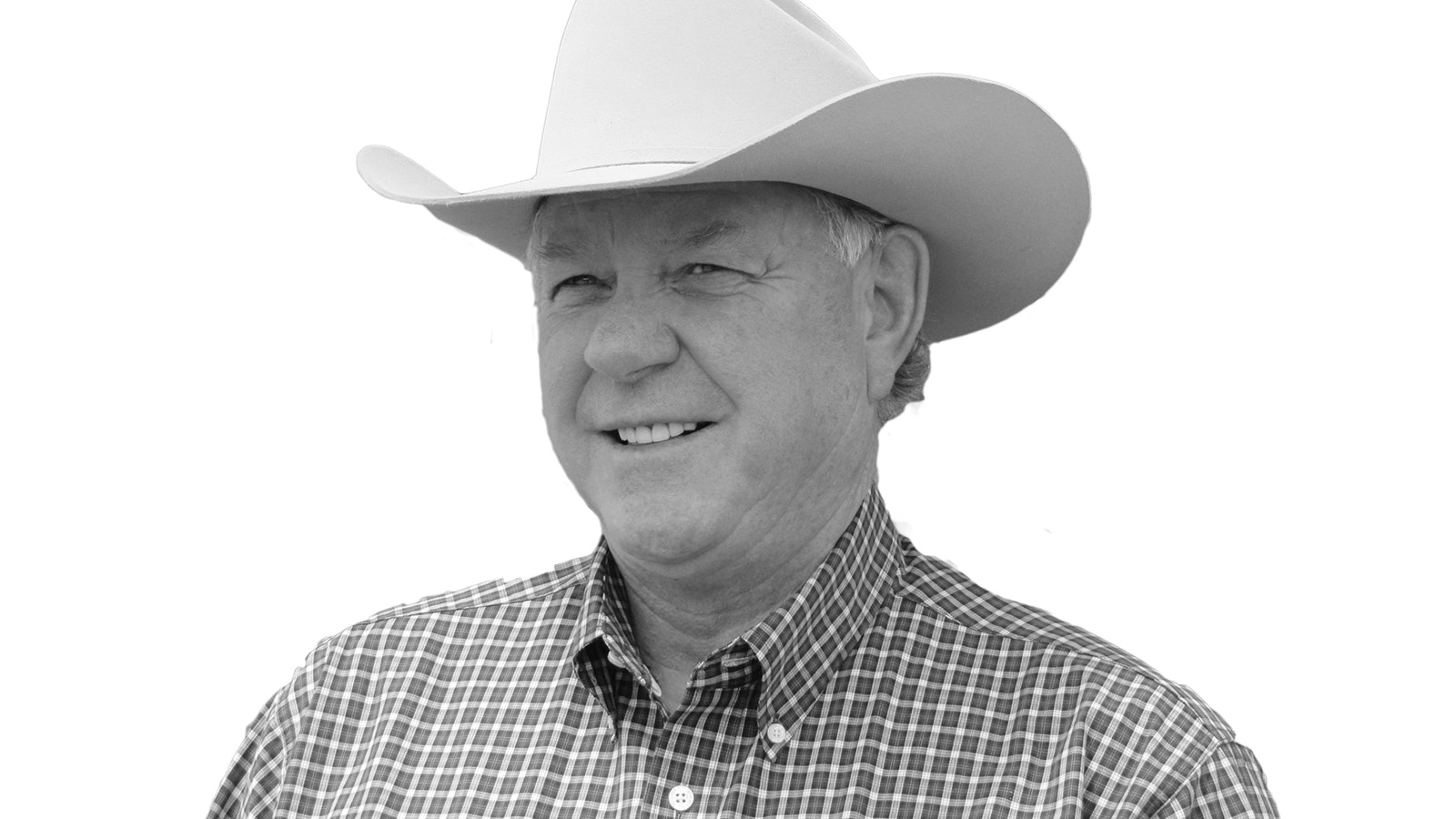As expected, my column on the Wyoming Game and Fish Department’s (WG&F) draft plan for elk feedgrounds got some folks riled up, diving head-first into arguments for and against feeding elk.
Some assumed that because I criticized the plan, I’m opposed to the closure of feedgrounds, but that’s their assumption and not what my column was about.
Instead, I was critical of the plan for the vision it sets forth and how it treats agriculture as more of an obstacle than a key partner to success.
Others thought I unfairly targeted WG&F for a plan that was developed in a “collaborative” process that involved some 60 stakeholders (including some ag producers).
But this plan wasn’t written by the stakeholders and was released to them only a few hours before it was released to the general public. It’s WG&F’s plan and vision.
There has been a bit of public confusion about how this plan was developed using a collaborative process.
While WG&F developed “stakeholder groups” to participate in “shared learning” sessions (in which agency wildlife managers took deep dives into the complexities of elk management and offered opportunities for questions and answers), most of the structured stakeholder input to WG&F occurred in meetings held in February and March 2022, in which about 60 stakeholders attended.
After that, it was an internal WG&F group that developed the plan, and the stakeholders didn’t see the plan until the evening before it was released to the public.
Check out this video of the first stakeholder session when the facilitator is asked about how stakeholder recommendations would be carried forward.
It begins at 1:10:37, and the facilitator explains that the agency isn’t “following collaborative models” that many participants would be familiar with, nor would they be attempting to gain consensus.
Instead, the WG&F’s internal “Steering Team” would consider input, weigh ideas, and put forth a plan “in a way they see fit for the department.” So the stakeholders could provide input early in the process, but the responsibility for the plan is entirely with WG&F.
I believe the initial WG&F process for gaining stakeholder input was solid, with the stakeholders doing an excellent job of developing fairly comprehensive lists of issues, concerns and possible action items.
Then WG&F picked what topics to move forward with, elevating some ideas while disregarding others – including some of the biggest concerns voiced by landowners, such as “loss of permitted grazing,” and “risks of giving authority to federal agencies around critical winter range” and concern for “ranching operations that support the land and lifestyle while also protecting from elk damage.”
Regardless of the process used, in my view this plan wasn’t ready for prime time. It’s sloppy, unorganized, inconsistent, and includes statements in contradiction with other statements, while neglecting other legitimate concerns.
The document doesn’t even agree with itself on what its goal is. Yet the agency is supposed to use this flawed plan to guide its policies and actions in the future? It’s setting itself – and us – up for conflict and failure.
There were a number of problems encountered while WG&F was working to develop the plan, from the COVID-19 health emergency and social distancing issues, to the steering team chairman’s retirement in the middle of the process, and WG&F ended up far behind on its schedule for completing the draft.
The timeline for the plan called for stakeholder focus group and general public comments on the draft plan from June 2022-December 2022.
According to the timeline laid out by WG&F in this process, “Stakeholder focus group members who have been engaged in prior shared learning will review and share public input on the draft plan.”
The timeline also noted, “The draft plan will be shared publicly for review, input, and engagement with any interested members of the public” during the June 2022-December 2022 period, and the steering team would consider input and revise the plan so it would be presented to the WG&F Commission for review, edit and approval by May 2023.
That’s not how it worked out. Instead, WG&F released the draft feedground plan for public comment on June 30, 2023, months behind schedule.
This isn’t the first time WG&F has worked with a stakeholder group to address feedgrounds. As the draft plan explains, Governor Dave Freudenthal established the Brucellosis Coordination Team back in 2005, which resulted in the creation of Brucellosis Management Action Plans (BMAPs) for each of the seven herd units in 2006 and 2007.
Those plans laid out nine management actions to manage brucellosis on the feedgrounds. The draft plan notes: “Most options were not widely pursued as action items. … Essentially, little change in elk brucellosis management occurred from BMAP development.”
But we should believe this new plan will have better success? Only if it’s revised to make it workable.
It’s a little odd, as a livestock producer, to read the draft plan.
For years feedgrounds have been the primary tool for maintaining elk-cattle separation and preventing brucellosis spillover from elk to cattle, as the plan acknowledges.
But when the plan gets to its Management Direction, setting forth the actions WG&F will take in the future, it skips brucellosis management actions entirely and goes right to CWD and other diseases (mange, bovine tuberculosis, and hoof rot).
Citing the threat of chronic wasting disease someday showing up on an elk feedground, the plan will encourage brucellosis-infected elk to spread out across the landscape, on both private and public lands.
As I explained last week, the “livestock producer coordination and cooperation” solutions in this plan are mainly aimed at minimizing cattle presence on the landscape.
I’ll close with this: I’m not just criticizing the WG&F plan in my column. I’ll be submitting rather long and detailed comments on the plan, pointing out what needs revised and corrected, suggesting passages to add, and telling the agency what aspects I oppose and why.
I suggest anyone who cares about elk management and land use in western Wyoming do the same.
This is far more complicated than whether you support elk feeding programs. It’s about how we set a path forward we can all live with.
WG&F will accept public comments through Sept. 10 at this location.
Public meetings are scheduled for:
July 24 - Teton County Public Library, Jackson, 6 pm
July 25 - Online via Zoom, 6 pm
July 26 - Sublette County Public Library, Pinedale, 6 pm
July 27 - Afton Civic Center, Afton, 6 pm
Cat Urbigkit is an author and rancher who lives on the range in Sublette County, Wyoming. Her column, Range Writing, appears weekly in Cowboy State Daily.





